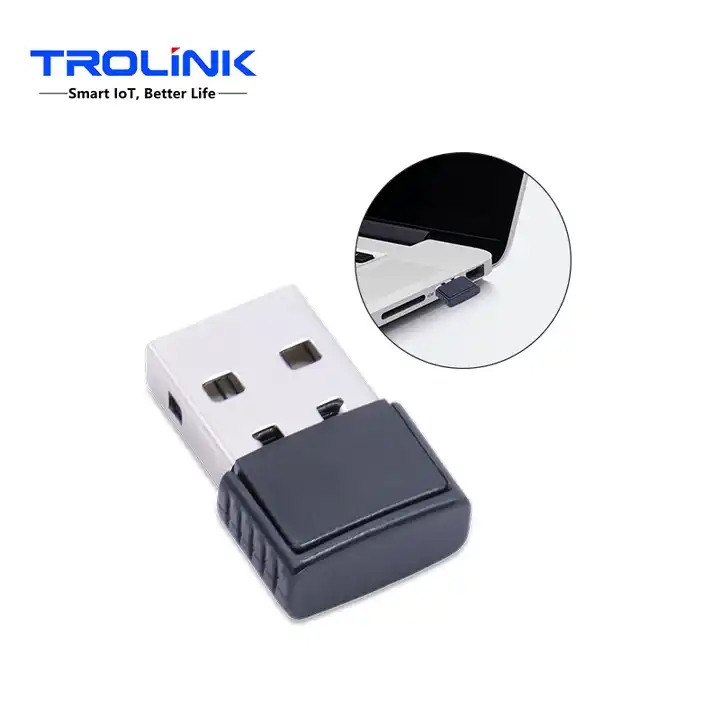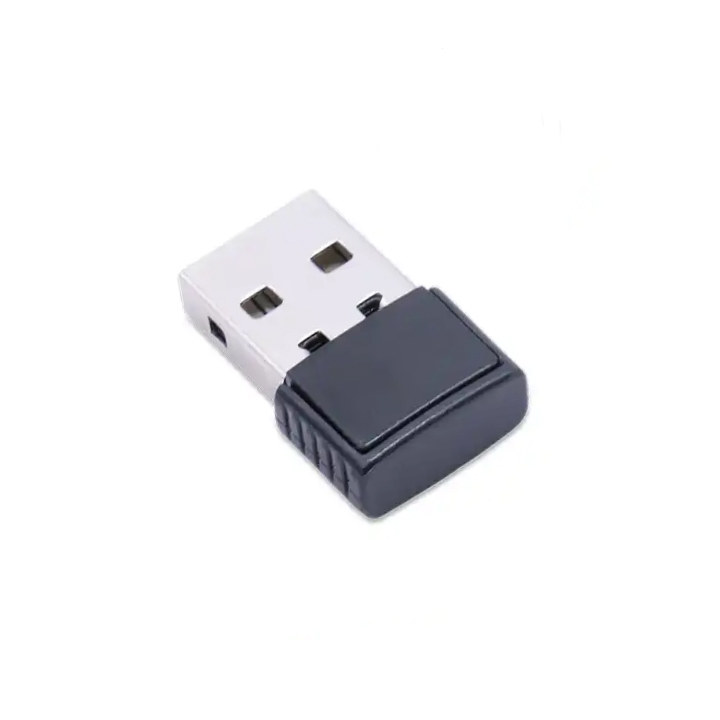Wireless internet has become an essential part of our lives, allowing us to connect and access information from almost anywhere. When it comes to wireless connectivity, two common terms that often confuse people are "Wi-Fi adapter" and "dongle." In this article, we will explore the difference between a Wi-Fi adapter and a wifi dongle, and understand their respective functionalities.
A Wi-Fi adapter, also known as a wireless adapter or network interface controller, is a hardware device that allows a device (such as a computer or laptop) to connect to a wireless network. It acts as a bridge between the device and the Wi-Fi network, transmitting and receiving data signals.
A dongle, on the other hand, is a small device that is usually connected externally to a computer or laptop's USB port. It serves various purposes, including providing wireless connectivity, extending device functionality, or installing software or drivers.
A Wi-Fi adapter is primarily designed to provide wireless connectivity to devices that do not have built-in Wi-Fi capabilities. It enables these devices to connect to and access the internet via Wi-Fi networks. Wi-Fi adapters can be either internal (built into the device) or external (connected via USB or other ports).
A wif dongle, however, is a broader term that encompasses various types of devices. It can serve different functions, such as enabling wireless connectivity (similar to a Wi-Fi adapter), providing additional features or functionalities (e.g., Bluetooth connectivity, data storage), or acting as a security dongle for software authorization.

Wi-Fi adapters are specifically designed to connect to Wi-Fi networks. They support various Wi-Fi standards, such as 802.11n, 802.11ac, and 802.11ax, allowing devices to connect to networks with different capabilities. Wi-Fi adapters come with antennas that help improve signal reception and range.
Dongles, on the other hand, provide more flexibility in terms of connectivity options. Apart from Wi-Fi, dongles can provide additional connectivity like Bluetooth, 3G/4G mobile data, Ethernet, or even specialized connections like HDMI for video output. They can be used to extend the capabilities of a device or add functionality in areas where built-in options are not available.
Wi-Fi adapters are relatively easy to install. They usually require drivers to be installed on the device, which can be done using provided installation CDs or by downloading them from the manufacturer's website. Most Wi-Fi adapters are compatible with popular operating systems like Windows, macOS, and Linux.
Dongles vary in terms of installation and compatibility based on their intended use. Some dongles require specific software or driver installations, while others may work plug-and-play without any additional setups. Compatibility of dongles depends on the supported operating systems and the specific functionality they offer.

Wi-Fi adapters can be either internal or external. Internal adapters are built into devices and offer a seamless and clutter-free wireless experience. External Wi-Fi adapters, often in the form of small USB devices, provide portability and can be used with multiple devices without requiring hardware modifications.
Dongles, by nature, are designed to be portable and convenient. They are usually compact and lightweight, allowing users to carry them easily and use them on different devices as needed. Dongles often serve as plug-and-play devices, requiring minimal setup or configuration.
The cost of a Wi-Fi adapter varies based on factors such as brand, speed, and features. Internal adapters (built into devices) do not have an additional cost, as they come included with the device. External Wi-Fi adapters can range from affordable options to high-end ones with advanced features.
Dongles come in different price ranges, depending on their functionality and capabilities. Basic dongles that provide Wi-Fi connectivity are generally more affordable, whereas specialized dongles with additional features can be relatively expensive.
In summary, a Wi-Fi adapter is primarily designed to enable wireless connectivity to devices without built-in Wi-Fi capabilities. It acts as a bridge between the device and a Wi-Fi network. On the other hand, a dongle is a more general term that encompasses various devices and functionalities, including providing wireless connectivity, extending device capabilities, or facilitating software authorization. Wi-Fi adapters are more focused on Wi-Fi connectivity, while dongles offer more versatility with additional functionality options. Understanding the key differences between these two terms can help users make informed decisions when it comes to choosing the right wireless solution for their needs.
 Trolink Joint With Tuya to Make Iot Benefit Every Family
Trolink Joint With Tuya to Make Iot Benefit Every Family
 5 Key Indicators for WiFi Module Selection You Have to Know !
5 Key Indicators for WiFi Module Selection You Have to Know !
 IOT module is the brain of smart products
IOT module is the brain of smart products
 What is the signal coverage range of the WiFi module chip?
What is the signal coverage range of the WiFi module chip?